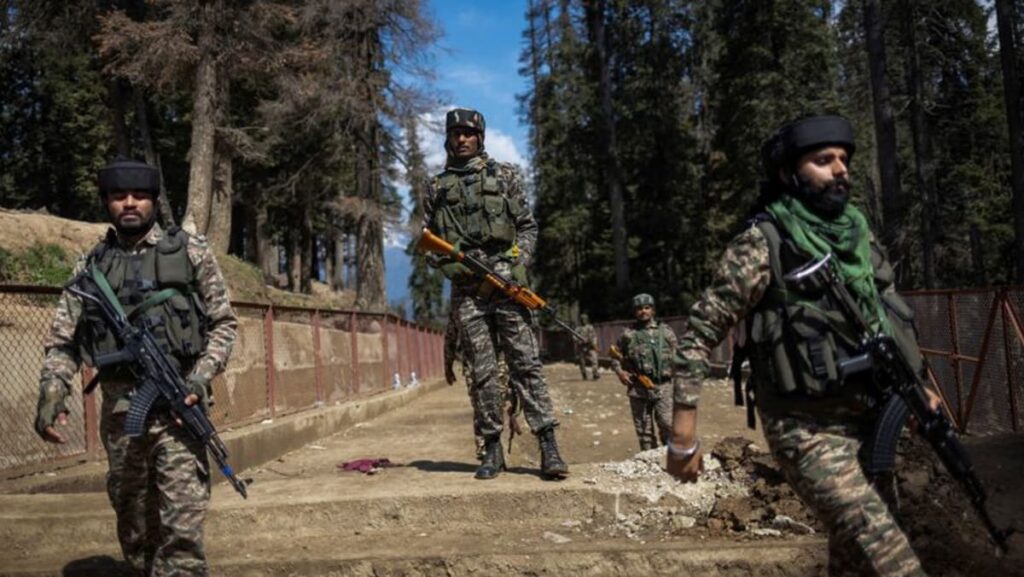Second, this episode and India’s likely response will end a period of relative peace in Kashmir since 2019 and then in 2021 when both sides agreed to a ceasefire across the Line of Control (LOC) in Kashmir. The Pahalgam attack upended the notion of “normalcy” having returned to the Kashmir valley, with the BJP-led government wanting to use the Kashmir state elections completed in October 2024 as proof of the end of wide-scale violence and terrorism in the state.
Third, despite huge pressure to respond militarily, India would be concerned about how to calibrate it, given the possible retaliation from Pakistan, further escalation and international pressure. The 2019 episode demonstrated the dangers of such escalation.
While India would want to limit the hostilities, it is in Pakistan’s interest to let things escalate – to a limited extent – and wield the prospect of nuclear weapons use to encourage third-party intervention. Pakistan has historically attempted to internationalise the Kashmir conflict while India has consistently insisted it is strictly to be resolved by the two countries alone.
Pakistan has already warned that blocking or diverting allocated water would be an “act of war and responded with the full force across the complete spectrum of national power”.
The United States has traditionally asked both sides to exercise caution against spiralling hostilities. This time, the Trump administration has given its support to India in the aftermath of the attack, but it has not criticised Pakistan.
China has urged restraint on both sides but supported Pakistan’s demand for an impartial international probe into the Pahalgam attacks as Pakistan denies any involvement in the attacks. An Indian military strike risks growing international pressure against it, led by Pakistan and China, especially if hostilities do not end quickly.
Read the full article here
